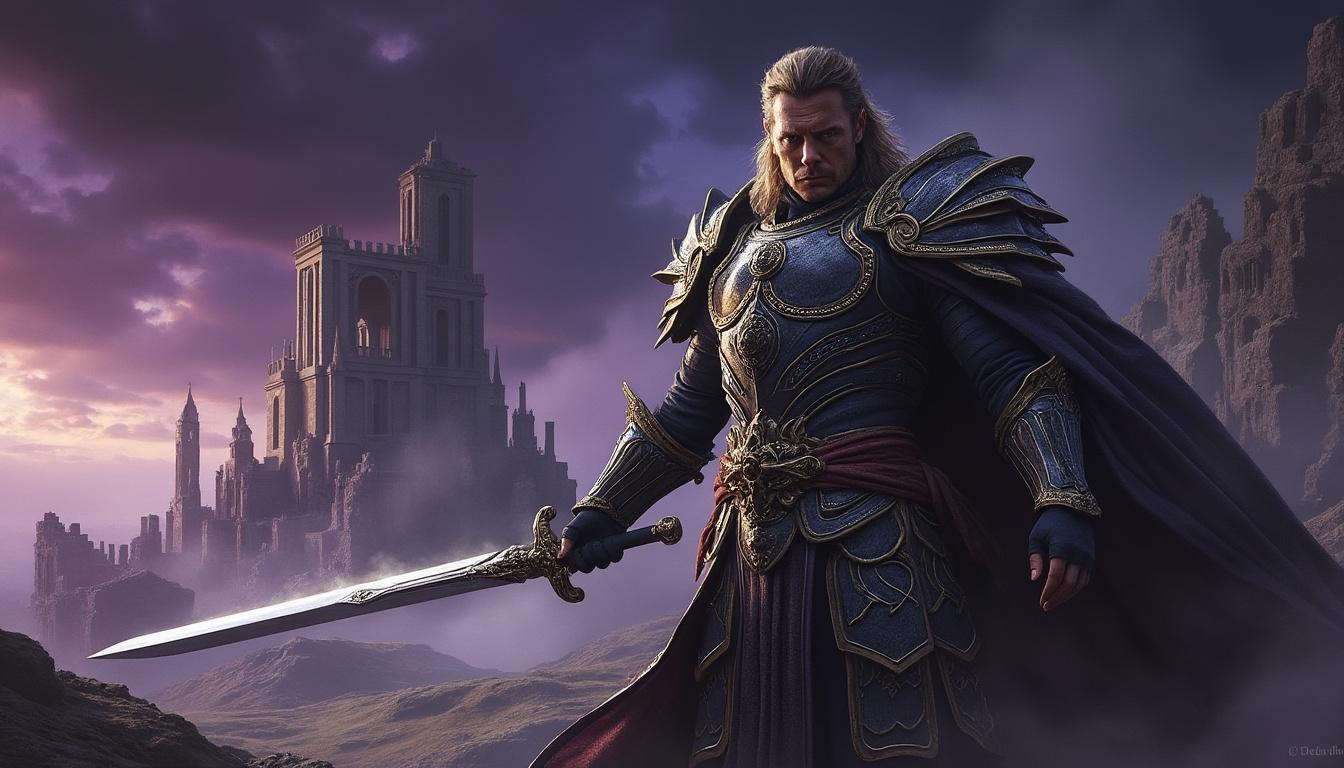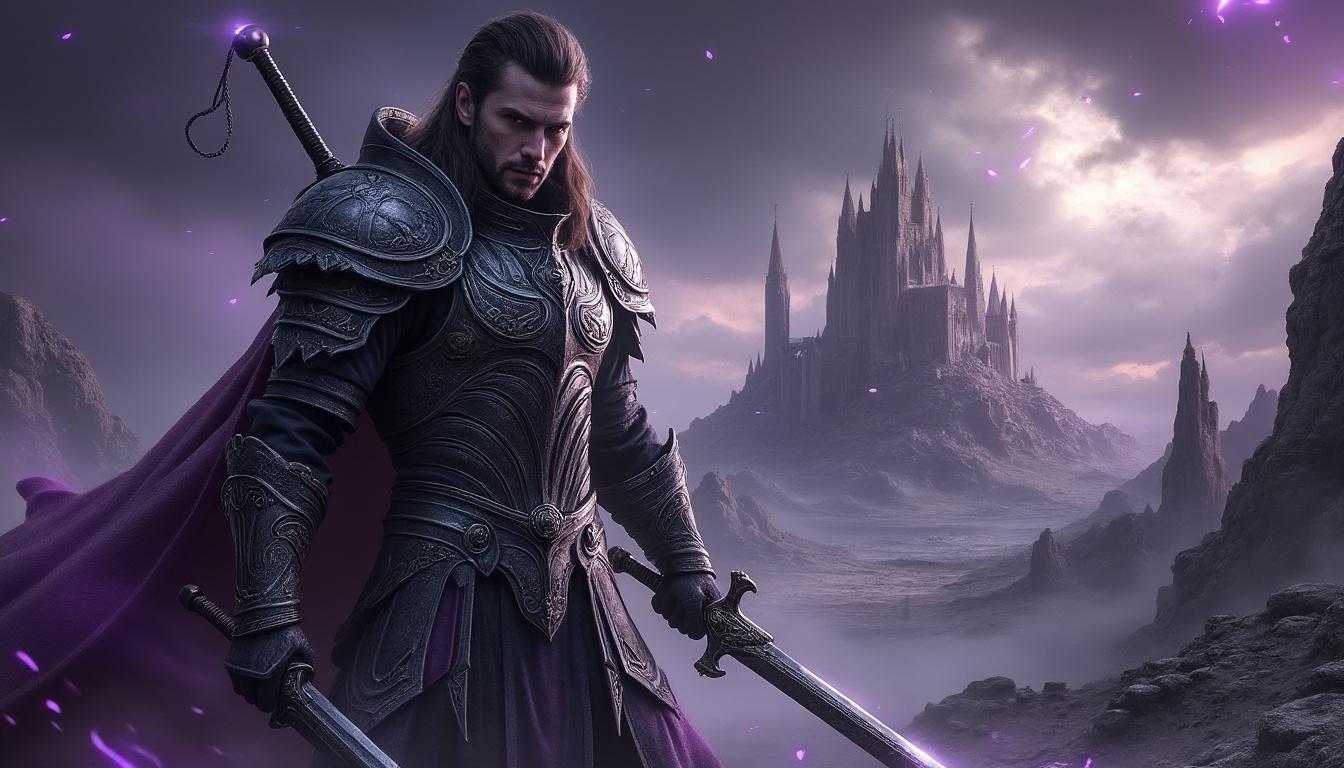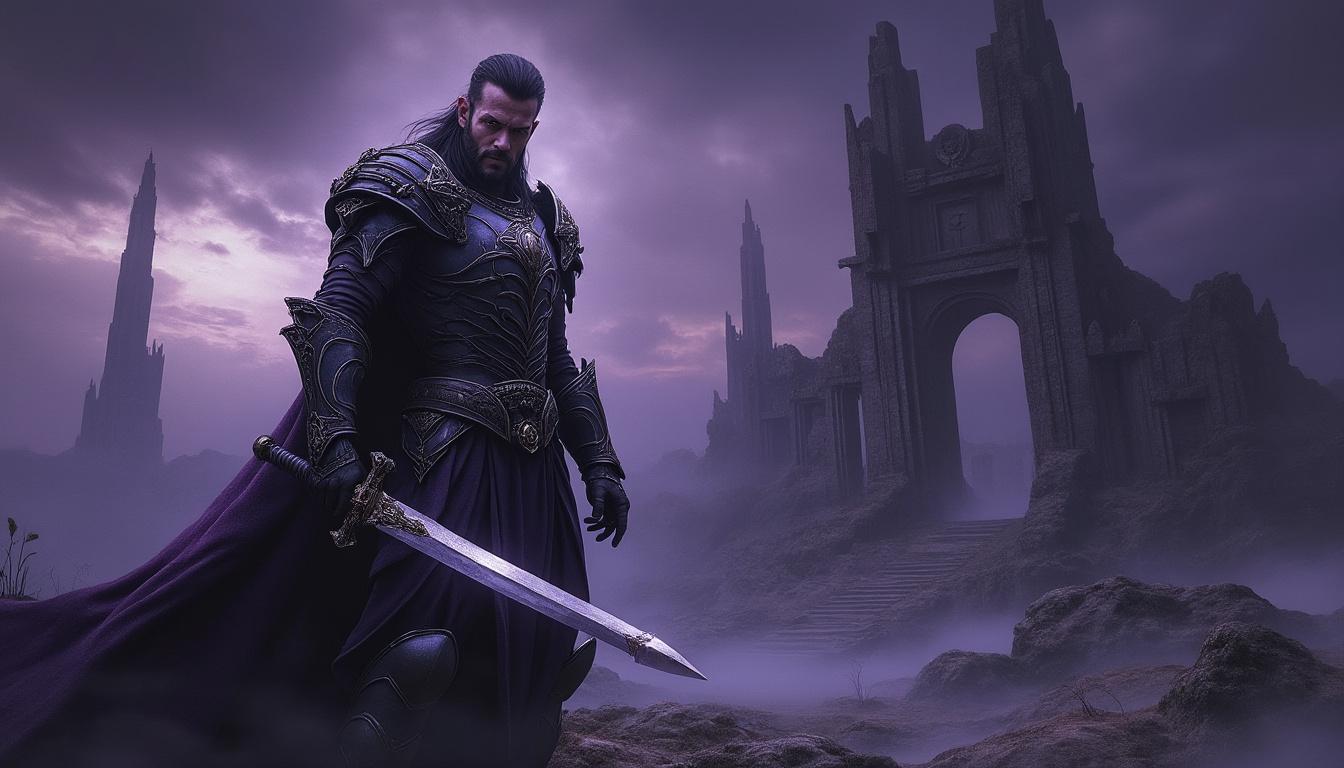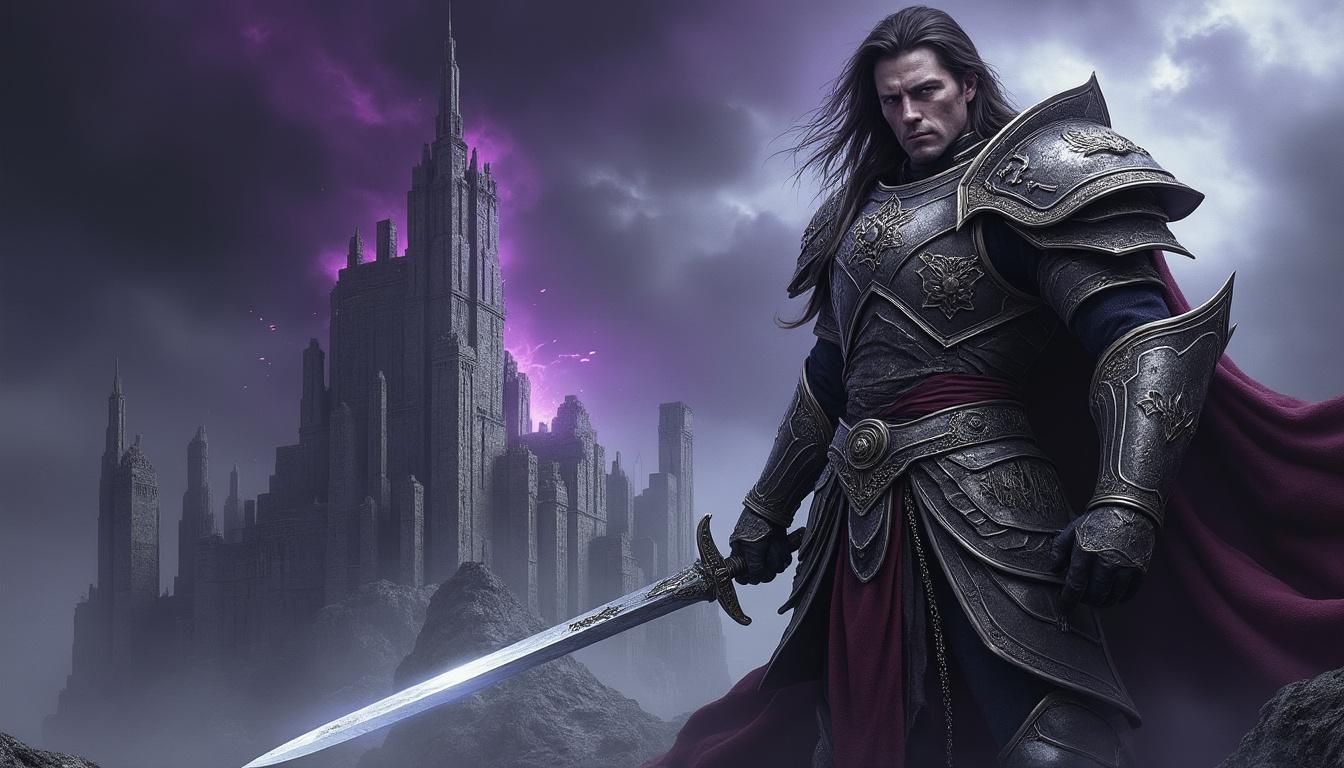The landscape of video game adaptations continues to evolve, with film studios increasingly diving into this vibrant genre. The latest project that has captured the attention of both gaming fans and cinephiles alike is the upcoming adaptation of the critically acclaimed video game Elden Ring. Under the direction of Alex Garland, known for his sweeping narratives and immersive worlds, this adaptation promises to bring the intensity of the beloved franchise to the big screen. The casting potential for some of the roles, particularly that of the lead, is generating significant buzz, especially with reports of a favored actor from Garland’s previous work.
Elden Ring Movie Progress: The Involvement of Alex Garland
The Elden Ring movie is a highly anticipated project, marking another collaboration between the video game world and Hollywood. Alex Garland, who has a reputation for crafting compelling stories that blend philosophical dilemmas with visceral action, is set to helm the project. Known for his work on films like Ex Machina and A24’s Warfare, Garland’s unique vision is expected to bring a fresh perspective to the adaptation. Deadlines and reports indicate that Garland will not only direct but also pen the screenplay, giving him full creative control over the narrative.

Many questions loom over the adaptation, especially considering the depth and complexity of the original game. Elden Ring, released in 2022 by FromSoftware, shot to fame with its intricate lore and dynamic gameplay, resulting from a collaboration with George R.R. Martin. The interplay of high fantasy elements within this action role-playing game has set the stage for a potentially rich cinematic experience. Players navigate a vast, open world filled with deep lore, various characters, and a narrative that tackles themes of destiny and demise.
The Role of Kit Connor in the Film
Recent reports suggest that the upcoming film is eyeing Kit Connor, a star from Garland’s film Warfare, for the lead role. Connor’s previous performances showcased his exceptional ability to portray complex, layered characters, making him a noteworthy candidate for a spotlight role in the Elden Ring adaptation. Both Garland and Connor appear keen on the collaboration, with the director expressing interest in recreating the chemistry seen in their previous projects. Despite this enthusiasm, Deadline notes that there are several logistical considerations that need to be resolved before Connor’s involvement can be finalized.

The possible casting of Kit Connor raises an intriguing question about the character he may portray. The closely intertwined narratives of duality and self-discovery present in Elden Ring lend themselves to characters that are multifaceted and resilient. This aligns well with Connor’s prior roles, which have often delved into the complexities of youth and morality. The development team faces the unique challenge of translating these narrative elements onto the screen while respecting the existing fanbase of the game.
- Creative Control: The combination of Garland’s proven track record and A24’s commitment to quality storytelling bodes well for the adaptation.
- Character Depth: Anticipation is building around which roles will be filled and how they will resonate with fans of the original game.
- Visual Narrative: Given the stunning visuals present in the game, a focus on high production value will likely be key to its success.
The Impact of Video Game Adaptations on Cinema
The rise of films based on video games represents a significant trend within the film industry. As gaming becomes more mainstream, studios are recognizing the lucrative potential of adapting beloved franchises into movies. Elden Ring’s adaptation signifies a pivotal moment, showcasing how ingrained video games are in modern pop culture. The success of previous adaptations has established a viable benchmark, although the track record is mixed, with plenty of examples of unsuccessful transformations. However, recent hits such as The Witcher series illustrate that there is room for growth and innovation in this space.

Critics and fans alike remain cautiously optimistic, particularly because Garland’s ambitions tend to favor deep storytelling with philosophical undercurrents. The notion of merging storytelling techniques familiar to both video game players and traditional film audiences could lead to a symbiotic relationship that enhances the collective viewing experience. Consequently, the implications of successful adaptations extend beyond mere box office ratios—they can influence the storyline structures and thematic explorations across multiple media.
Setting the Standard for Future Adaptations
With the ever-expanding interest in fantasy narratives and role-playing games, adaptations like Elden Ring have a heavy responsibility to deliver both in storytelling and character development. The film could establish a new standard for adaptations in this genre, particularly if it achieves critical and commercial acclaim. Notable points to consider include:
| Key Factors in Successful Adaptations | Implications for Elden Ring |
|---|---|
| Respect for Source Material | Faithful depiction of characters and lore can attract hardcore fans. |
| Innovative Storytelling | Fusing elements from both gaming and cinematic narratives for enhanced engagement. |
| High Production Values | Investing in visuals and effects to mirror the immersive gameplay experience. |
Ultimately, the success of the Elden Ring adaptation will rest on its ability to honor the game while also carving out its unique identity within the cinematic landscape. The dynamic realm of fantasy and action is fertile ground for storytelling, and Elden Ring’s multifaceted narrative is poised to resonate with audiences beyond just gamers.
Character Development and Storytelling in Elden Ring
At the heart of Elden Ring lies a narrative that intertwines multiple character arcs, which is instrumental for the cinematic adaptation. The rich storytelling found within the game is augmented by its complex character development, something that filmmakers will need to faithfully translate to ensure the movie resonates with fans of the source material. Through the lens of role-playing, players create their characters, each embarking on a personal journey imbued with challenges reflecting themes of power, identity, and loss.
Structures and Themes in Role-Playing Games
The storytelling structure intrinsic to role-playing games like Elden Ring plays a crucial role in character development. As players navigate through various quests and encounters, they engage in both external and internal conflicts that drive the narrative forward. For the film adaptation, exploring these thematic similarities might yield a creative advantage. Some core themes that might be relevant to the film include:
- Quest for Identity: Characters evolve from mere avatars to profound representations of personal struggles.
- Conflicts of Power: The continuous struggle for control mirrors societal issues, grounding fantastical elements in relatable real-world contexts.
- Loss and Redemption: Characters often face significant loss, providing ample room for emotional depth and character arcs.
Translating this intricate storytelling into film will require not only a competent narrative structure but also an understanding of pacing and character arcs that unfold organically. Barraging audiences with information without allowing for immersion could detract from the overall cinematic experience, Ford’s creators will have to find that balance to captivate their viewers.
The Role of Action in the Elden Ring Film
Action sequences, including intense swordplay, play a pivotal role in the Elden Ring experience. The game features not only engaging combat mechanics but also visually stunning environments that enhance the action. This dynamic aspect can serve as a crucial selling point for the film. Balancing a strong narrative with well-choreographed action will be key to drawing audience members from various backgrounds—those who appreciate narrative-driven films as well as avid gaming fans.
Effective fight choreography, integrated with character development, can evoke emotions and deeper connections with the audience. Consequently, the film must prioritize not only the artistic execution of action scenes but also their contextual relevance to the protagonist’s journey. These action sequences should symbolize transformative moments, reflecting the struggle between light and darkness that permeates Elden Ring’s narrative.
In conclusion, the combination of character-focused storytelling with action-packed sequences is vital to the success of the Elden Ring film adaptation. By ensuring that the narrative maintains momentum while also immersing viewers in emotional stakes, Garland may be able to present a film that resonates well with fans and newcomers alike.


